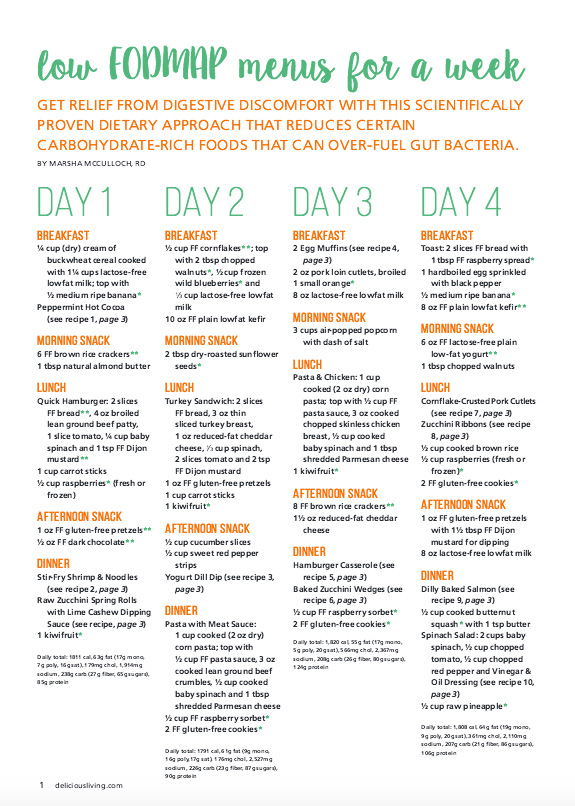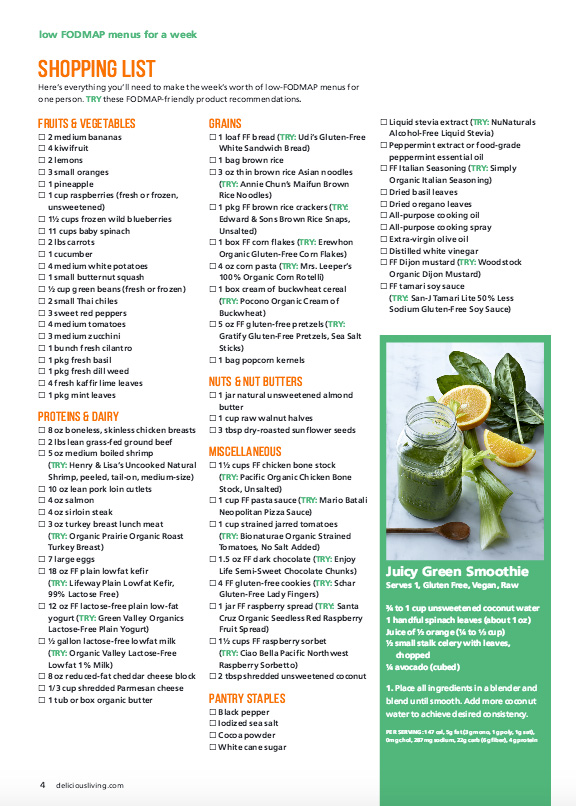The other day an acquaintance asked me how long I’d been interested in herbs, and I went into a rambling story of formal and informal studies that were in no way chronological (nor coherent most likely), and it made me realize that I haven’t actually thought through my personal herbal journey, which means I also haven’t shared it here and that just seems wrong. So, the following is my attempt to write down this very organic path that I’ve traveled so far and give some links if anyone else is looking to study herbs and wants to move beyond books and websites.
Although I was the kind of kid who liked to play outside, I was really more of an animal lover than a plant lover, who declared I wanted to be “Caterpillar Queen” when I grew up and was intent on going to ‘dog heaven’ instead of human heaven. (When you grow up Catholic, you think quite a bit about the logistics of heaven.) My favorite thing to do indoors though, was when my sister and I would get out big bowls and mixing spoons and combine all the good smelling products in the house to make ‘perfume.’ This appalled my now ex-husband until he understood we weren’t using things like vinegar and baking soda, but instead used all the shampoos, conditioners, liquid soaps, perfumes, after-sun gels, lotions, body sprays, anything scented, and poured them all together. It was great fun to make these concoctions though of course it was all pretend play, and now that I think about it, we probably are indeed lucky we never caused a bad chemical reaction in our reckless mixing. (That would have been one cacophonous-scented blast.)
In high school I was drawn to the local natural foods store and would buy small amounts of herbs from the bulk bins to try as tea, as well as books about natural products and natural living. I honestly don’t remember why or how it all started because it wasn’t something we grew up talking about as a family philosophy or anything. The natural world, and herbs in particular, just resonated with me in a way that was impossible to ignore. It might have had something to do with the fact that I never really felt well, always a headache, constantly tired, always a “nervous stomach”, and the world of herbs and other naturals offered promises of health and well-being while modern medicine seemed stark, rigid, mildly toxic. and lacking creativity. And the natural things did help, especially the cleanses, but it wasn’t until I went off gluten that I got the biggest uptick in health and well-being. With my herbal books I learned to make natural masks and full-on facials with ingredients found in the kitchen, which was very reminiscent of the pretend play my sister and I did as younger children.
Right after college (English major) I worked at the natural foods store where I had once shopped, and started an herbal correspondence course with Wild Rose College. It was a great program that made me study a bit of anatomy, the healing process, iridology, and more (besides the herbs) and it wasn’t easy, so check out their programs if you are interested. At that time the natural foods store also had an employee education program that most people ignored but I dove in and loved it so vocally that I was given it to run when the coordinator couldn’t do it anymore. I felt like the luckiest person ever to have all that great free educational material about vitamins, minerals, oils, herbs, homeopathy, and so much more.
Then I had an herbal internship with herbalist Michael Pilarski who primarily wildcrafted herbs, made medicine with those herbs, and is a well-known authority on permaculture. I enjoyed the medicine-making days the most and also got to attend herbal classes and a conference while interning with him. It was a great learning experience.
I later worked for a natural foods and products distributor which meant more education and insight into the industry as well as the natural products themselves. It definitely helped to already have a strong herbal background as I remember very clearly going into a shop on Whidbey Island where the skeptical owner handed me a cup of herbal tea which I immediately identified as burdock and I won her over. (I was in sales/customer service which sometimes drew people who knew nothing about the actual products.) Plus, if you know what burdock tastes like, it’s kind of an acquired taste. Thank goodness it was an herb I was familiar with because there are so many herbs out there it’s not possible to know them all and that was the quickest way to earn trust ever!
While working for the distributor I went through a year-long herbal certificate program at Bellevue College which was run by Karta Purkh Singh Khalsa. He has moved from the Seattle area now but was the president of the American Herbalists Guild for several years recently and has online courses mainly for people interested in using herbs professionally, but also classes for people just interested in a specific topic, such as Ayurveda. I believe he even still has some in-person programs like the kind I went through, so if you are interested in online or in-person classes, check out his website. I then had an internship with him for a couple of months where again my favorite aspect of it was making Ayurvedic kits to be used for spa-type rituals and panchakarma.
Afterwards, I started making my own herbal bath and body products with the name Dragonlily Herbs as well as giving classes in making herbal products. That did not last long though as first one baby and then quickly two took over all my time and energy. (And going back to school to get my MA in TESOL.) Now that the boys are older, I guess this is really just my second iteration of Dragonlily, with the addition of making my Luddite-soul fully embrace the online world.
Over the years I’ve also taken several other herbal classes about things I was specifically interested in such as the digestive system, thyroid, essential oils, skin herbs, and herbal crafting. Now that I’ve written all that down, I feel like I really should know a lot more than I do but there’s so much herbal knowledge out there from all different traditions and cultures that it’s hard not to constantly feel like what is left to learn is a vast ocean compared to what I already know. I’ve got a studious streak though so that endless learning aspect suits me just fine.
The links above to KP Khalsa’s site and the AHG will help if you happen to be looking for classes. Also Bastyr University and the American Botanical Council are good places to visit as well. I have some herbal classes in the works myself, both in-person and online, that will focus on my favorite part of herbalism~ medicine-making and bath and body crafting. If you are interested, let me know what you most want covered. The focus will be on simplicity, beauty, and health, with an emphasis on the kinds of products that used to be part of everyone’s daily life before mass-market, chemical-laden commercialization became the norm. We deserve to hang on to our roots and customize our own health and body care as only our own selves possibly could. (Now that’s self-care!)
More on that soon, but in the meantime, could you do me a quick favor? I’ve made a short survey and I’d really appreciate your feedback~ it is just three short questions and I promise it’ll take less than one minute.
Survey here
Thank you so much! I would love to hear what drew you to herbs and where you are on your own herbal journey. Looking forward to hearing from you and best health to you and yours. Please subscribe for weekly posts about herbs, natural health, and green beauty, and please share this with anyone who might be interested.
Like this:
Like Loading...




![D1809FB8-B9F1-4689-B60C-9339B7600339[1] D1809FB8-B9F1-4689-B60C-9339B7600339[1]](https://i0.wp.com/botanicalalchemyandapothecary.com/wp-content/uploads/2018/08/D1809FB8-B9F1-4689-B60C-9339B76003391.jpg?w=435&h=385&ssl=1)
![39C26ACF-F500-463E-B596-CCD485D18014[1] 39C26ACF-F500-463E-B596-CCD485D18014[1]](https://i0.wp.com/botanicalalchemyandapothecary.com/wp-content/uploads/2018/08/39C26ACF-F500-463E-B596-CCD485D180141.jpg?w=385&h=385&crop=1&ssl=1)
![156184C2-C0A8-46D8-B13B-181A5AEEB3C3[1] 156184C2-C0A8-46D8-B13B-181A5AEEB3C3[1]](https://i0.wp.com/botanicalalchemyandapothecary.com/wp-content/uploads/2018/08/156184C2-C0A8-46D8-B13B-181A5AEEB3C31.jpg?w=392&h=428&ssl=1)
![6B0E92D9-6456-40AD-8DEE-C96FEDBDB962[1] 6B0E92D9-6456-40AD-8DEE-C96FEDBDB962[1]](https://i0.wp.com/botanicalalchemyandapothecary.com/wp-content/uploads/2018/08/6B0E92D9-6456-40AD-8DEE-C96FEDBDB9621.jpg?w=428&h=428&crop=1&ssl=1)
![8705102A-48E8-4198-B5EE-25217AB370F1[1] 8705102A-48E8-4198-B5EE-25217AB370F1[1]](https://i0.wp.com/botanicalalchemyandapothecary.com/wp-content/uploads/2018/08/8705102A-48E8-4198-B5EE-25217AB370F11.jpg?w=410&h=410&crop=1&ssl=1)
![72A820FD-FA6B-4E83-8AF6-5F205588BEA8[1] 72A820FD-FA6B-4E83-8AF6-5F205588BEA8[1]](https://i0.wp.com/botanicalalchemyandapothecary.com/wp-content/uploads/2018/08/72A820FD-FA6B-4E83-8AF6-5F205588BEA81.jpg?w=410&h=410&crop=1&ssl=1)
![FD54DE58-10D0-489D-A44C-6E417226EBE9[1]](https://i0.wp.com/botanicalalchemyandapothecary.com/wp-content/uploads/2018/08/FD54DE58-10D0-489D-A44C-6E417226EBE91.jpg?resize=615%2C615&ssl=1)
![8066C1B4-771C-4C71-A8D6-101435CD3A5B[1] 8066C1B4-771C-4C71-A8D6-101435CD3A5B[1]](https://i0.wp.com/botanicalalchemyandapothecary.com/wp-content/uploads/2018/08/8066C1B4-771C-4C71-A8D6-101435CD3A5B1.jpg?w=410&h=513&ssl=1)
![5EC1C9A7-DF28-48C1-96F3-05062C6877A9[1] 5EC1C9A7-DF28-48C1-96F3-05062C6877A9[1]](https://i0.wp.com/botanicalalchemyandapothecary.com/wp-content/uploads/2018/08/5EC1C9A7-DF28-48C1-96F3-05062C6877A91.jpg?w=410&h=513&ssl=1)
![8CA0070C-7026-41E1-89CE-A5CFCAFCE51D[1] 8CA0070C-7026-41E1-89CE-A5CFCAFCE51D[1]](https://i0.wp.com/botanicalalchemyandapothecary.com/wp-content/uploads/2018/08/8CA0070C-7026-41E1-89CE-A5CFCAFCE51D1.jpg?w=410&h=410&crop=1&ssl=1)
![35EC583B-C565-4A2D-A0A2-647B55A9F173[1] 35EC583B-C565-4A2D-A0A2-647B55A9F173[1]](https://i0.wp.com/botanicalalchemyandapothecary.com/wp-content/uploads/2018/08/35EC583B-C565-4A2D-A0A2-647B55A9F1731.jpg?w=410&h=410&crop=1&ssl=1)




![878E9D47-161F-408B-A7EB-AC880F078703[1] 878E9D47-161F-408B-A7EB-AC880F078703[1]](https://i0.wp.com/botanicalalchemyandapothecary.com/wp-content/uploads/2017/12/878E9D47-161F-408B-A7EB-AC880F0787031.jpg?w=386&h=387&ssl=1)
![4B9B9232-05B0-4460-BF2F-84A6013E2F76[1] 4B9B9232-05B0-4460-BF2F-84A6013E2F76[1]](https://i0.wp.com/botanicalalchemyandapothecary.com/wp-content/uploads/2017/12/4B9B9232-05B0-4460-BF2F-84A6013E2F761.jpg?w=434&h=387&ssl=1)

![64E427CD-BEBE-4366-AE77-29855630D1A6[1]](https://i0.wp.com/botanicalalchemyandapothecary.com/wp-content/uploads/2017/12/64E427CD-BEBE-4366-AE77-29855630D1A61.jpg?resize=828.75%2C829&ssl=1)
![DC2FD797-6C04-4747-8F48-C4CF9B5FB275[1] DC2FD797-6C04-4747-8F48-C4CF9B5FB275[1]](https://i0.wp.com/botanicalalchemyandapothecary.com/wp-content/uploads/2017/12/DC2FD797-6C04-4747-8F48-C4CF9B5FB2751.jpg?w=410&h=410&crop=1&ssl=1)
![631A8ED8-9984-4A51-B374-7DFFC341F4BF[1] 631A8ED8-9984-4A51-B374-7DFFC341F4BF[1]](https://i0.wp.com/botanicalalchemyandapothecary.com/wp-content/uploads/2017/12/631A8ED8-9984-4A51-B374-7DFFC341F4BF1.jpg?w=410&h=410&crop=1&ssl=1)
![EC386518-6F37-41BE-9FD9-223DA3D102A3[1]](https://i0.wp.com/botanicalalchemyandapothecary.com/wp-content/uploads/2017/12/EC386518-6F37-41BE-9FD9-223DA3D102A31.jpg?resize=828.75%2C829&ssl=1)
![6BD8B281-2903-4BCE-8757-A82527E7A66D[1]](https://i0.wp.com/botanicalalchemyandapothecary.com/wp-content/uploads/2017/12/6BD8B281-2903-4BCE-8757-A82527E7A66D1.jpg?resize=828.75%2C829&ssl=1)
![2730B37F-B732-45B4-8C22-BD6DD51DD537[1]](https://i0.wp.com/botanicalalchemyandapothecary.com/wp-content/uploads/2017/11/2730B37F-B732-45B4-8C22-BD6DD51DD5371.jpg?resize=828.75%2C829&ssl=1) Food intolerances are rampant these days, and it’s no surprise once you understand the relationship between optimal digestive processes and our modern world’s challenges to that system. First there’s the fact that our food is mostly not what our ancestors would have recognized as food. Unless you are eating heritage grains, organic, non-gmo produce, meat and dairy products, and very little processed food (canned food, frozen foods, boxed products you just stick in a microwave) then you are taxing your body’s digestive system. Many people blame Monsanto alone for the extreme rise in gluten intolerance, but I think there’s a lot more to it than that. Despite the challenges to keep your gut healthy, as promised in my
Food intolerances are rampant these days, and it’s no surprise once you understand the relationship between optimal digestive processes and our modern world’s challenges to that system. First there’s the fact that our food is mostly not what our ancestors would have recognized as food. Unless you are eating heritage grains, organic, non-gmo produce, meat and dairy products, and very little processed food (canned food, frozen foods, boxed products you just stick in a microwave) then you are taxing your body’s digestive system. Many people blame Monsanto alone for the extreme rise in gluten intolerance, but I think there’s a lot more to it than that. Despite the challenges to keep your gut healthy, as promised in my  Back to that easy to digest part I mentioned above, in order to get the nutrients out of the foods we eat and also to make digestion optimal, we rely on our bodies’ enzymes to break down that food into bits small enough for the body to assimilate in a healthy way. For many reasons, people can lack the ability to make sufficient enzymes in order to start that whole digestive process off right. If it doesn’t have the right start, things can only go (ahem) down from there. Seriously though, enzymes are important and there are two ways you can supplement in this case. You can take
Back to that easy to digest part I mentioned above, in order to get the nutrients out of the foods we eat and also to make digestion optimal, we rely on our bodies’ enzymes to break down that food into bits small enough for the body to assimilate in a healthy way. For many reasons, people can lack the ability to make sufficient enzymes in order to start that whole digestive process off right. If it doesn’t have the right start, things can only go (ahem) down from there. Seriously though, enzymes are important and there are two ways you can supplement in this case. You can take 